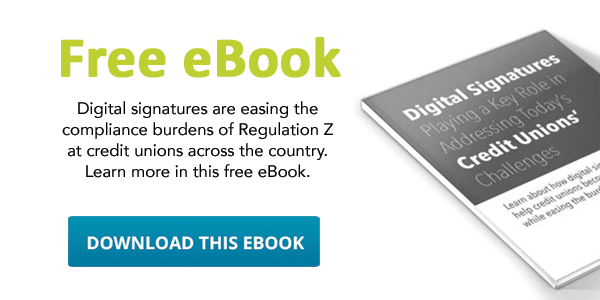 We're happy to bring you a guest blog post from our friends over at Credit Union Resources. Chad Stanislav, VP Financial & Technology, presents nine key considerations credit unions should think about for their internal growth strategies.
We're happy to bring you a guest blog post from our friends over at Credit Union Resources. Chad Stanislav, VP Financial & Technology, presents nine key considerations credit unions should think about for their internal growth strategies.
Credit unions have been on a growth path for years. In general, if you are not growing, you are stagnant, declining or barely surviving. There are many ways to measure growth such as assets and ratios, but in the end, it’s about the membership. As we have seen over the years, credit unions have sought merger candidates as an effort to grow the credit union. Or, have gone on aggressive marketing campaigns to grow the membership base in the community.
In an informal survey of credit union CEO’s, many indicated that approximately 20% of the members use the credit union as their primary financial institutions. That’s one in five members who utilize the credit union as the primary institution. So, does it make sense that the credit union has to grow five new members just to gain one solid member? Interesting enough, the credit union is sitting on a potential goldmine with their existing members. With the right internal growth strategies, credit unions could grow from 20% membership usage to something higher.
So what should be considered for an internal growth strategy?
- Determine if your membership base provides for the diversity that an internal growth strategy requires. For example, if your field of membership is comprised of low wage, hourly workers, then there may be limited opportunity to grow within the field of membership that will bolster the credit unions objectives.
- Establish the goal(s) for the internal growth strategy with the end result as the focus.
- Evaluate how your data processor can be utilized to assist in identifying the primary users of the credit union.
- Identify who uses the credit union as the primary financial institution. Are there any common themes or identifiers of those that choose the credit union as a primary financial institution? An example might include the majority of these members have their share draft account with the credit union, or they are in a specific geographical area, use more than two credit union services, etc.
- Identify services that tie the members to the credit union such as share draft, online banking, bill pay, or mobile banking.
- Identify the next 10% - 20% of membership (second tier users) above the initial primary user that have some similar traits, usage, or commonalities as the primary user of the credit union services.
- Develop a marketing approach for the second tier users to make them part of the first tier users.
- Determine rewards or incentives to the member if they start utilizing the credit union as their primary financial institution.
- Develop metrics or analytics to determine if the goal(s) were met and adjust the internal growth strategy accordingly.
Internal growth strategies can lead to some creative approaches to reach the membership. What have been some programs that have grown member usage of credit union services or converted them to using your credit union as their primary financial institution? Let us know in the comments section below.
%20formatted-1.png?width=2528&height=739&name=SIGNiX%20Logo%20Main%20(white)%20formatted-1.png)

